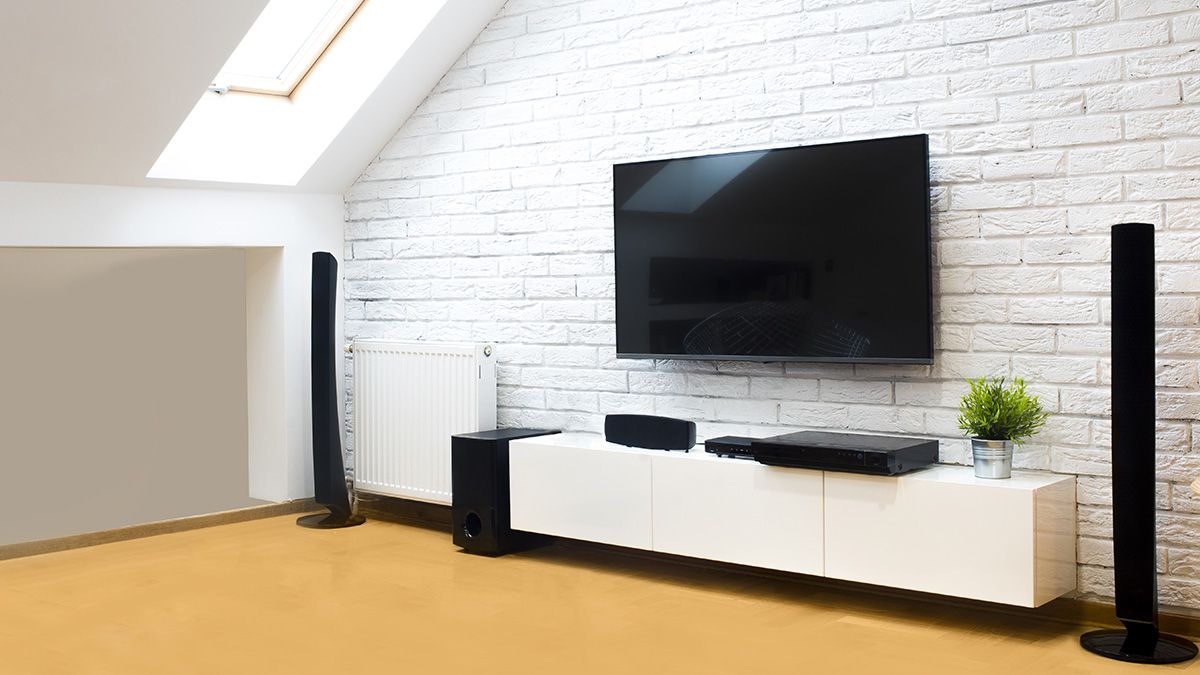Quick Links
Poke around in the technical specs for just about any product on the market, especially devices like TVs and media equipment, and you'll find official stats about their power usage. In our experience, you shouldn't trust them and should test their consumption yourself. Here's why.
Manufacturer Estimates Are Very Conservative
If you look up the estimated power consumption of a TV you're shopping for, you might find that it has a very conservative power use estimate, with the manufacturer claiming that the TV uses a mere watt or two in standby mode.
Yet when you take it home, hook it up, and measure the actual energy use, it's much higher. Perhaps as high as 15-20W instead of the suggested 2W.
Phantom loads add up over time, and how much power your TV uses when it's off can mean the difference between spending a buck on idle power a year or, instead, $20-25. If you keep your TV for a decade before replacing it, that's $200 down the drain instead of $10!
So why the discrepancy between why the manufacturer says the device will use and what it actually uses under real-world conditions in your home? The problem is that the manufacturer generally estimates the power use when the device is configured in the most power-saving and optimal mode.
In the case of a TV, that means the screen is dimmed, the extra bells and whistles like network connection is turned off, and so on. If you par enough features back on a TV, eventually you might be able to get to the point that it only has a watt or less of standby power because all it's using the power for is waiting for a signal from the TV remote.
The same goes for many other products like media receivers, printers, and various smart home products. If you toggle every energy-saving option and optimization feature on (at the expense of whatever convenience they provide), you'll get close to or even arrive at the manufacturer's estimate.
So the takeaway here is simple. Don't trust the manufacturer's estimate. Measure it yourself or poke around the internet to see if any curious folks out there have measured the device under real-world conditions.
Here's How (and Why) to Measure It Yourself
In the end, you might not care much if a device in your home uses 10W of power in standby mode when it claims it would only use 1W. Or if it uses 30W when it is on instead of the 10W the manufacturer alludes to.
But if you're trying to purchase a UPS unit, for example, to keep those devices on for a certain amount of time, then you need an accurate power reading. Whether a device uses 10W or 30W matters a lot when calculating how long a UPS unit's battery will last.
Or maybe you're just debating whether or not you want to put your whole media center on a power strip or smart plug that you can flip off to cut down on wasteful standby power. If the real-world phantom load of everything in your media center is, collectively, 60W higher than expected, that will have a big impact on your decision.
Fortunately, it's really simple to measure the power use of household items. If it plugs into a standard outlet, you can slap an inexpensive residential watt meter on it and see how much power it uses.
Not only can you use the watt meter to see how much power a given device uses with the current configuration, you can also play around with the device to see if turning off certain features significantly lowers the power consumption.
You might find, for instance, that you can knock 20W off the power consumption of your TV set by turning on the "eco mode" but decide that it's not really worth saving the money if you have to suffer with a dimmer and washed-out picture.

